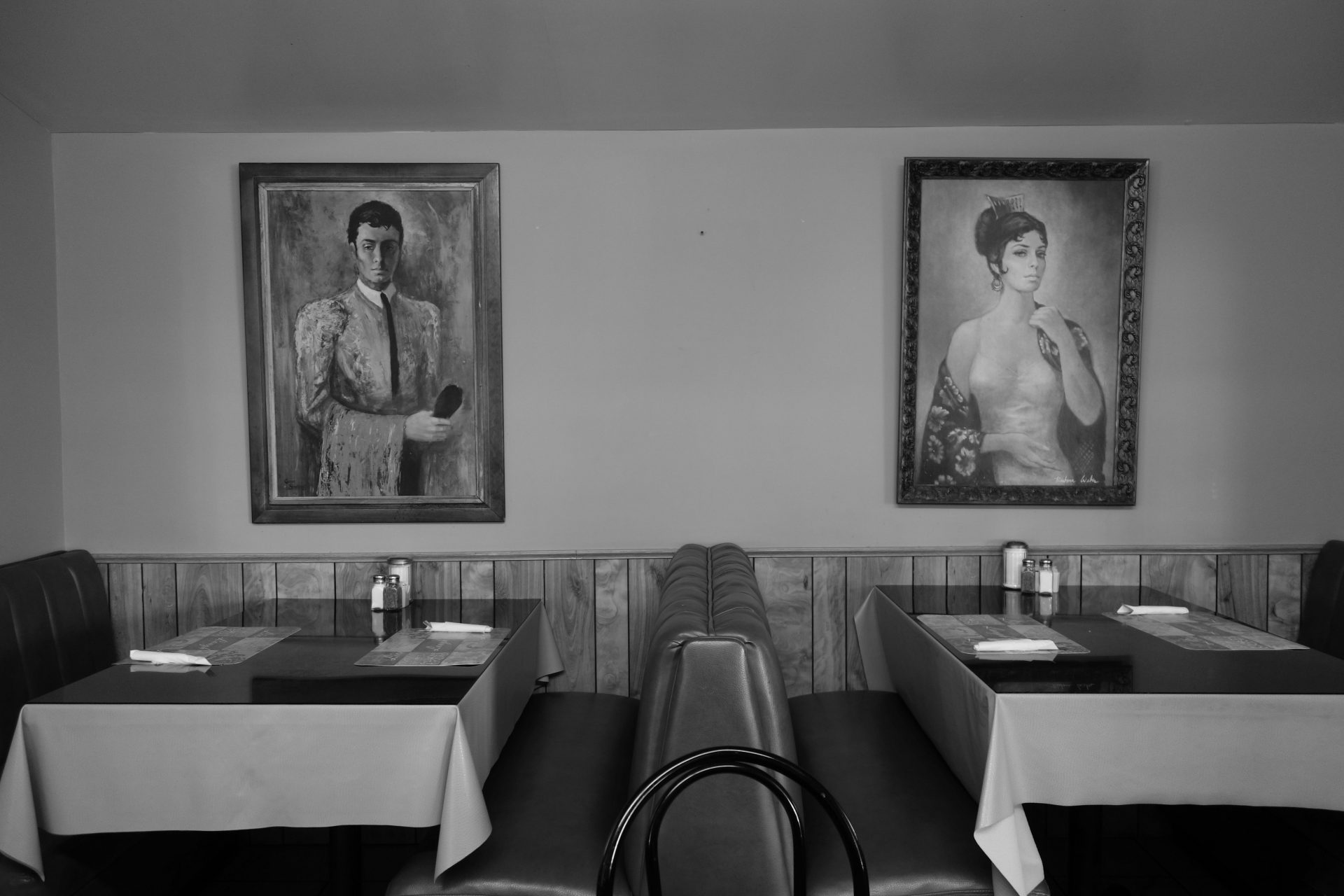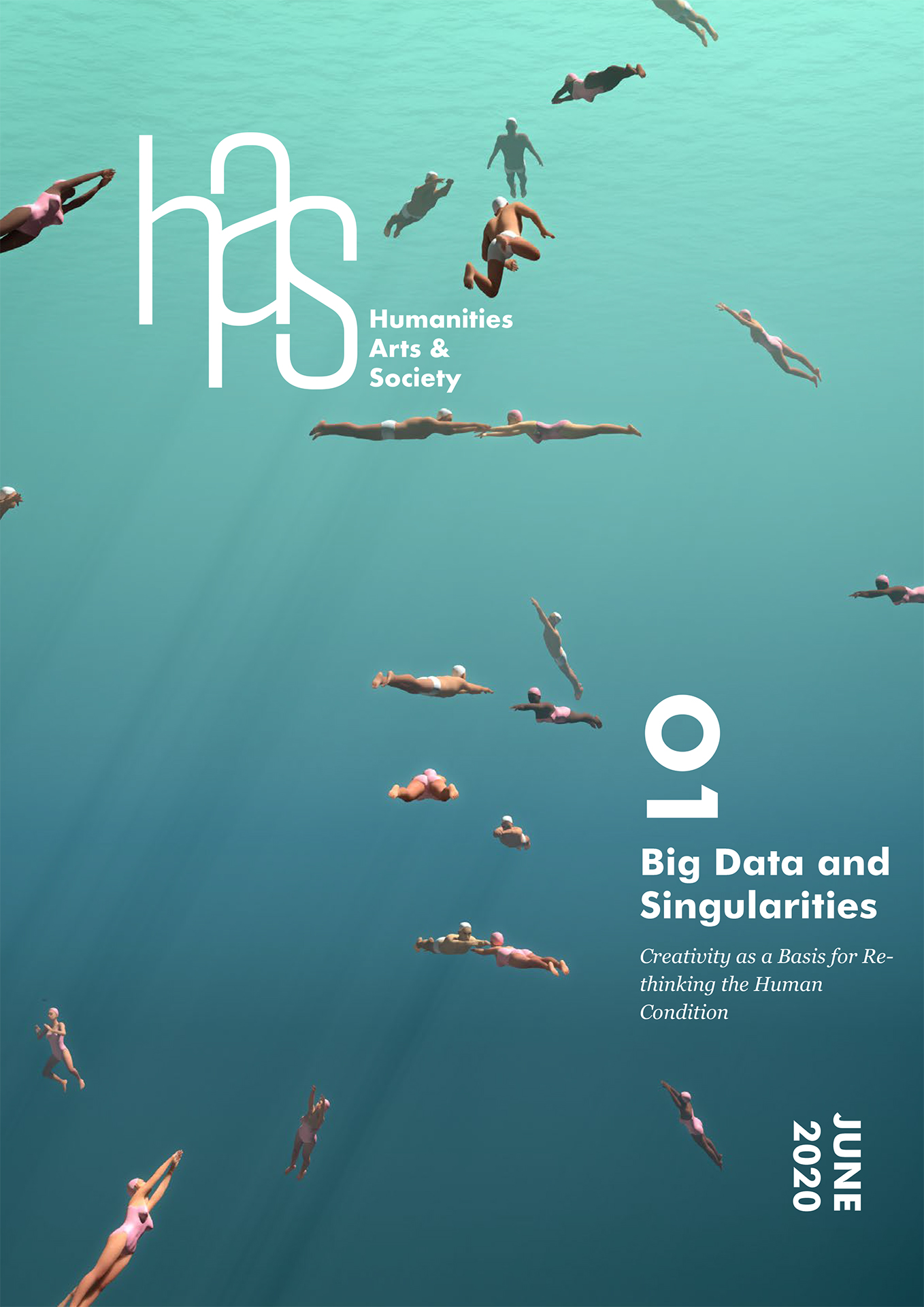The goal of HAS Magazine is to discuss pressing topics through the analysis of a wide range of themes in the humanities, the social sciences, and the arts. Conceived as a magazine for the broadest possible range of readers, HAS offers a space for staging the most creative, enlightening, imaginative, and socially relevant interactions of the humanities and the arts.
Our aim is not simply to report on existing ideas or to reproduce art that examines issues of importance, but to contribute to the achieving of actual progress in cultural exchange and multi-disciplinary collaboration. Information, education, creativity, communication, and thought provocation will be merged, in order to provide a platform for positive change in society—local and worldwide—with the help of the humanities and the arts. We plan to connect curious readers with enthusiastic writers and practitioners willing to work to improve upon current global challenges, through demonstrations of how the humanities and the arts can have an impact on society.
We welcome contributions from scholars, researchers, critics, practicing artists, and any interested parties who find the above aims important and would like to be part of the project. HAS is not a commercial venture, and in order to reach the broadest possible audience, it will be available online for free in English, French and Chinese. Due to the non-profit nature of the publication, contributions will be on a voluntary basis.
The published texts will include scholarly papers, experimental essays, reviews, critiques, interviews, video and photo reportage, and news. The editorial committee is constituted by members of UNESCO-MOST, the International Council for Philosophy and Human Sciences and Mémoire de l’Avenir.
The theme of the second issue is Between Anxiety and Hope. We aim to investigate this topic from a multi- and cross-disciplinary perspective—including but not limited to philosophy, history, anthropology, archaeology, literature, sociology, economics, political science, and post-humanities scholarship.

More information about the theme
Our current era seems to be defined by continuous crises. From environmental disasters and the urgency of global warming to pandemics and the rise of nationalism across the world, each crisis seems to uncover or further engender inequalities in wealth, education, and standards of living. The failure to take concrete and effective action against these has put into question relatively longstanding political, economic and social models across the world. In light of this, two mental states in particular appear to capture the spirit of our time: Anxiety and Hope.
Anxiety is a state of mind of worry, nervousness, or unease, characterized by dread over anticipated events (Davison CG, Abnormal Psychology, 2008). Although it is closely related to fear, it is also distinguished from it; while fear is a response to a known threat, anxiety follows from a threat that is unknown, non-specific or expected. Psychologist David Barlow hence proposes the term anxious apprehension, defining anxiety as «a future-oriented mood state in which one is not ready or prepared to attempt to cope with upcoming negative events» (Anxiety and Its Disorders: The Nature and Treatment of Anxiety and Panic, 1988).
Hope is generally an expectation of positive outcome, drawing on our desires for what we would like to happen. The importance of hope has been recognized for long, embodied most famously in the Greek myth of Pandora, evils and afflictions escaped into the world but hope stayed inside. In ancient texts, we find recognition of hope as having the power to heal anxiety and affliction. Although Hope is a positive emotion, it stems from dire circumstances when there is uncertainty about how things will turn out, as argued by social psychologist Barbara Fredrickson. Hope requires us to not only to consider but also to engage with the results we
wish for.
Anxiety and hope incorporate both intuitive and cognitive aspects of the human condition. Yet they are not only attitudes nor cognitive functions – they respond to realities, reflect and draw upon fears and desires, beliefs and longings. Both are thus emotional responses that look to future outcomes in either negative or positive ways. While too much anxiety can be paralyzing and too much hope can be perceived as naïve, both can be productive in igniting creativity.
“Hope literally opens us up,” Barbara Frederickson argues, saying that it allows us to “become creative, unleashing our dreams for the future.” Then, creativity plays a role in apprehension, offering space for new awareness.
Anxiety can also improve performance and motivate action against the anticipated negative outcomes.
Anxiety and hope allow humanity to defend itself in the face of the obstacles it may encounter and to apprehend a future. In the same manner, creativity allows us to explore and innovate.
Scientific and artistic research often diagnoses the present and/or the past while presenting visions of the future. In literature and cinema, the genre of science fiction in particular has merged the two disciplines to imagine possible futures through the prism of our contemporary anxieties and hopes.
In inspiring creativity and action, anxiety has the power to pave the way for hope.
Contributions may include – but are not limited to – investigations of the following questions:
What do anxiety and hope mean in our current societies? How do anxiety and hope affect and influence our present and future actions? How do anxiety and hope manifest themselves today and in relation to what situations or topics?
What is the role of the arts and creativity in situations of anxiety and hope? Can the arts and creativity engender hope to counteract anxiety? Where can expressions of anxiety and hope be found, and do they differ culturally?
GENERAL REQUIREMENTS
Contributors can send articles in English or French.
Contributions can be up to 3000 words in lenght and include 3-8 images -Minimum 300 dpi
Contributions can also be presented in video (MP4) or audio formats (MP3).
Citations and references should use the Chicago-style.
Submissions accompanied by a short biography (100 words) and abstract
(100 words), should be sent to magazine@hasclone1121.local.
For questions and more information: contact@hasclone1121.local.
The deadline for submissions is September 20, 2020 at midnight, Central European Time.
HAS Magazine
